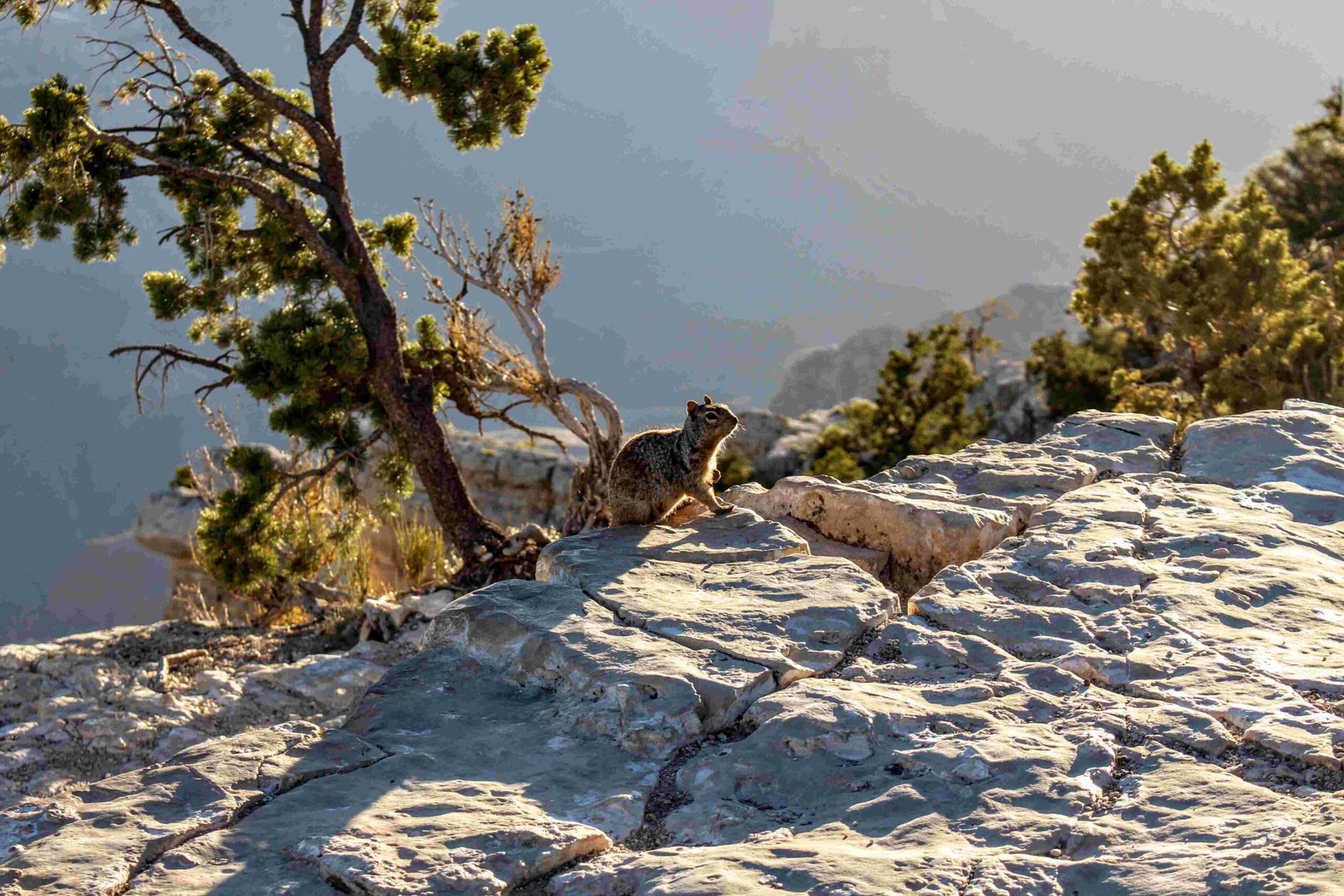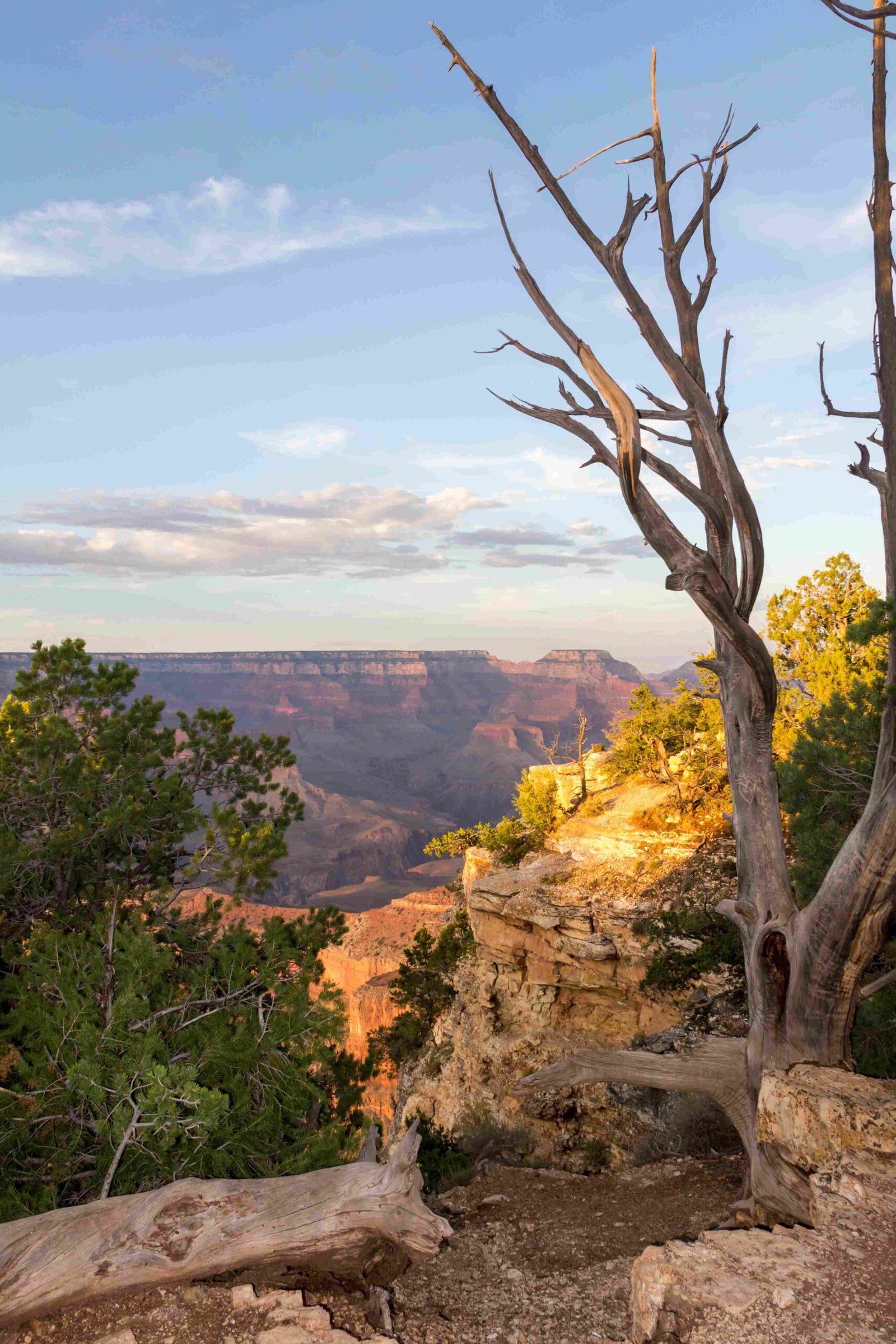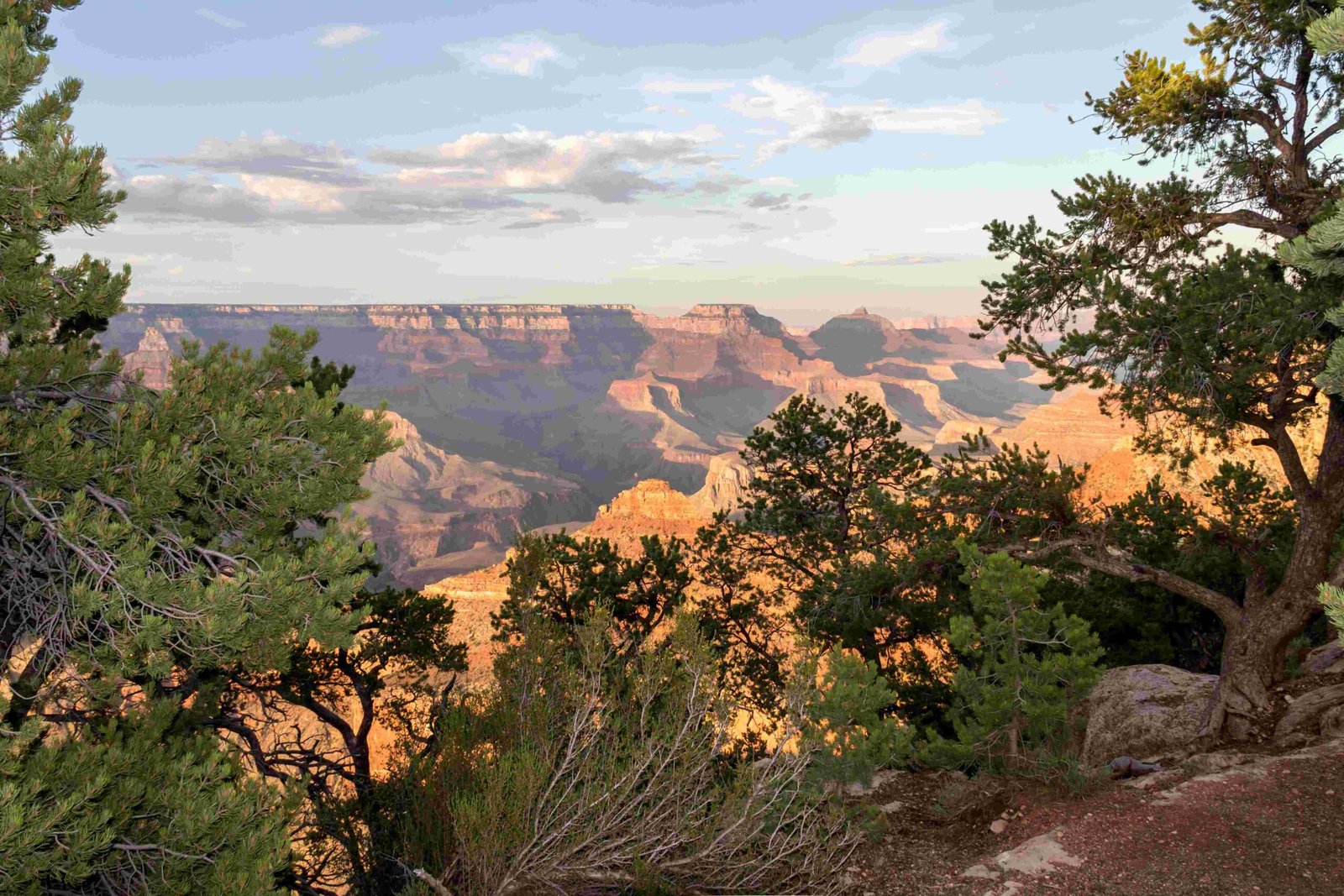Mules in the Grand Canyon are essential transportation companions, meticulously trained to navigate challenging terrain. These resilient animals not only descend into the canyon’s depths but are indeed required to walk back up, following specific trails like South Kaibab and Bright Angel. Their return journey involves carefully managed routes, ensuring rider safety and animal welfare through strategic trail management and experienced guides.
What Makes Mule Ascents Unique in Grand Canyon?

Mule ascents in the Grand Canyon represent a remarkable feat of animal endurance and professional trail management. These journeys are not merely transportation but a carefully orchestrated process involving multiple critical factors.
How Do Mules Navigate the Challenging Terrain?
Mules are specifically bred and trained for canyon traversal, possessing extraordinary characteristics:
- Physical Adaptations:
- Exceptional sure-footedness
- Low center of gravity
- Strong, muscular build
-
Calm temperament
-
Trail Navigation Skills:
- Trained to follow precise paths
- Ability to read trail conditions
- Responsive to guide instructions
What Are the Specific Ascent Routes?
| Trail Name | Distance | Estimated Ascent Time | Difficulty Level |
|---|---|---|---|
| South Kaibab | 7.3 miles | Approximately 4.5 hours | Moderate to Challenging |
| Bright Angel | 9.5 miles | Approximately 5-6 hours | Challenging |
What Challenges Do Mules Face During Ascent?
Mule ascents involve multiple complex challenges:
- Steep Gradient: Trails feature significant elevation changes
- Narrow Pathways: Some sections have minimal margin for error
- Weather Conditions: Temperature variations and potential sudden changes
- Trail Traffic: Managing interactions with hikers and other trail users
How Are Mule Riders Prepared for the Journey?
Preparation is crucial for a successful mule ride:
- Physical Requirements:
- Weight limit (typically 200 pounds)
- Basic fitness level
-
Comfort with heights
-
Equipment Considerations:
- Appropriate clothing
- Hydration supplies
- Sun protection
- Comfortable riding gear
What Determines Mule Selection for Canyon Trails?
Mule selection involves rigorous criteria:
- Age range: 5-25 years
- Health screenings
- Temperament assessments
- Extensive training programs
- Regular veterinary evaluations
How Often Do Mules Make the Round Trip?
Mule trips are carefully scheduled:
- Overnight trips: Daily departures
- Day rides: Multiple scheduled times
- Rest periods between trips
- Rotation of mules to prevent exhaustion
Practical Insights for Potential Riders

Potential riders should understand that mule ascents are not casual experiences but professionally managed expeditions. Reservations often require:
- 13 months advance booking for overnight trips
- 6-8 months for day rides
- Strict adherence to park guidelines
Cost and Reservation Details
- Overnight Trip Cost: $$$
- Day Ride Cost: $$
- Included Amenities:
- Guided experience
- Safety equipment
- Potential meal services
Final Observations
Mule ascents in the Grand Canyon represent a unique blend of animal capability, professional management, and natural exploration. These journeys offer visitors an unparalleled perspective of one of the world’s most magnificent landscapes.
Recommended Preparation
- Physical fitness assessment
- Comfortable clothing
- Mental preparation for challenging terrain
- Follow guide instructions precisely
Reference:
– Grand Canyon Mule Rides
– National Park Service Mule Trips

